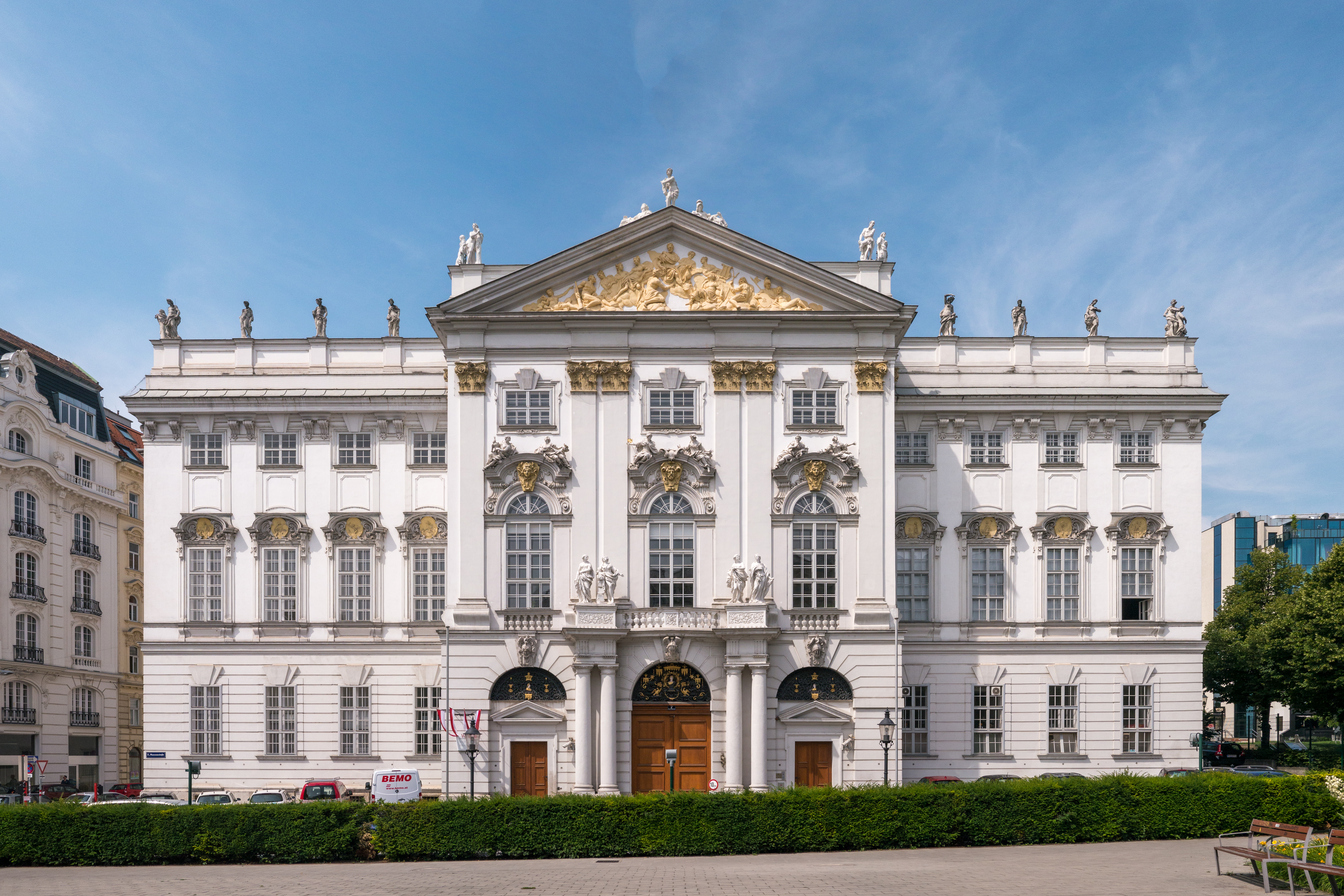Palais Trautson on:
[Wikipedia]
[Google]
[Amazon]
 Palais Trautson is a
Palais Trautson is a
 Palais Trautson is a
Palais Trautson is a Baroque
The Baroque ( , , ) is a Western Style (visual arts), style of Baroque architecture, architecture, Baroque music, music, Baroque dance, dance, Baroque painting, painting, Baroque sculpture, sculpture, poetry, and other arts that flourished from ...
palace in Vienna
Vienna ( ; ; ) is the capital city, capital, List of largest cities in Austria, most populous city, and one of Federal states of Austria, nine federal states of Austria. It is Austria's primate city, with just over two million inhabitants. ...
, Austria
Austria, formally the Republic of Austria, is a landlocked country in Central Europe, lying in the Eastern Alps. It is a federation of nine Federal states of Austria, states, of which the capital Vienna is the List of largest cities in Aust ...
, located at Museumstraße 7. It was once owned by the noble Trautson family.
History
The land on which the palace is built originally belonged to Countess Maria Margareta Trautson in 1657 and consisted of a small house and a vineyard. After theBattle of Vienna
The Battle of Vienna took place at Kahlenberg Mountain near Vienna on 1683 after the city had been besieged by the Ottoman Empire for two months. The battle was fought by the Holy Roman Empire (led by the Habsburg monarchy) and the Polish–Li ...
, During repairs Johann Leopold Donat von Trautson, the prince of Troutson, commissioned Christian Alexander Oedtl to build the palace in 1712. Oedtl used designs by Johann Bernhard Fischer von Erlach
Johann Bernhard Fischer von Erlach (20 July 1656 – 5 April 1723) was an Austrian architect, sculptor, engraver, and architectural historian whose Baroque architecture profoundly influenced and shaped the tastes of the Habsburg Empire. His inf ...
. In 1760, the palace was bought by Empress Maria Theresa of Austria for 40,000 Guilders, who then gave the palace to the Hungarian Guard. The Hungarian Guard converted the palace's garden to a riding school and the orangery
An orangery or orangerie is a room or dedicated building, historically where orange and other fruit trees are protected during the winter, as a large form of greenhouse or conservatory. In the modern day an orangery could refer to either ...
to the stables. Since 1920, the Hungarian Historical Institute in Vienna, and since 1924 the Collegium Hungaricum were headquartered in the palace. In 1961, the Hungarian government sold the palace.
References
External links
Trautson Baroque architecture in Vienna Houses completed in 1712 {{Austria-palace-stub